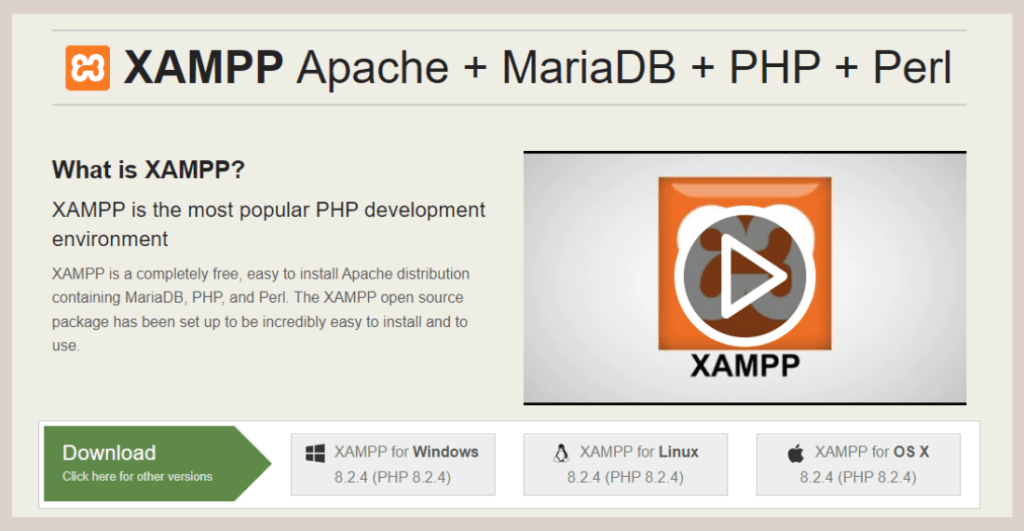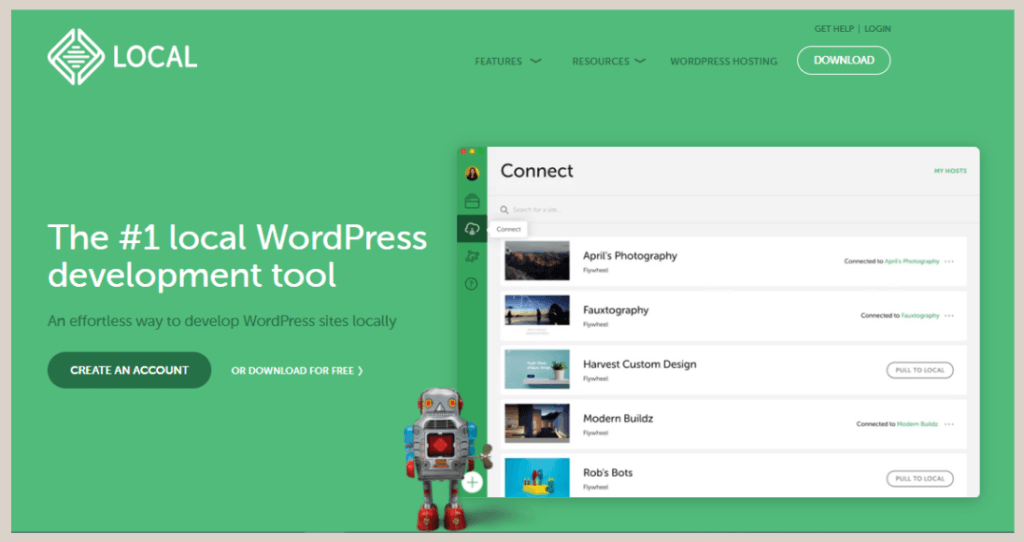How to Install WordPress on Localhost (XAMPP, WAMP, LocalWP)

Advertisements
If you know how to choose CMS and you want to develop your website on localhost, you can do so by installing WordPress on localhost using a web server application. Then, how to install WordPress on localhost?
Before diving into how to install WordPress on localhost using XAMPP, WampServer, or LocalWP, some may not fully understand the relationship between the WordPress system, localhost, and web server applications.
Therefore, the beginning of this article contains a brief explanation about WordPress, localhost, and web server applications. However, if you want to go directly to the WordPress installation tutorial, please use the table of contents below.
Advertisements
What are WordPress, Localhost, and Web Server Applications?
WordPress is a Content Management System (CMS) platform that can be used to create websites or blogs. It’s generally better to develop a website with WordPress on localhost first rather than directly using hosting.
Localhost is a technical term used to refer to a computer/laptop. This term is commonly used by software developers, especially web developers. Using localhost allows developers to test websites without the need to rent hosting or access the internet.
To develop and run a website on localhost, a web server application like XAMPP, WampServer, or LocalWP is needed. The choice of web server application depends on the operating system you are using.
By using a web server application, you can be more flexible when tweaking your website, such as if you want to create a homepage with Gutenberg WordPress.
So, before you can develop a WordPress website, of course, you need to first install WordPress on localhost using one of the web server applications; XAMPP, WampServer, or LocalWP.
How to Install WordPress on Localhost
There are many web server applications you can use to install WordPress, but here we discuss the top 3 according to us, namely XAMPP, WampServer, and LocalWP.
Here’s how you can install WordPress on localhost!
Advertisements
a. How to Install WordPress in XAMPP
XAMPP is a combination of several systems; X (any operating system), Apache, MySQL, PHP, and Perl. This application can be used on various devices with different OS, such as Windows, Linux, Mac OS, and even Solaris.
Here are the steps to install WordPress in XAMPP:
- Download the XAMPP application from its official page, Apache Friends.
- Once downloaded, install XAMPP by Running as Administrator > click Start on Apache and MySQL > click Admin from MySQL > and create a user account.
- Download WordPress file > Extract the WordPress files > name the file and insert it into the xampp folder.
- Run WordPress in the browser using the address localhost/ + the name of the file you created. Example: localhost/testing01.
- Follow the WordPress installation process, starting from entering a username to setting a password.
- Done, you have successfully installed WordPress on localhost using the XAMPP web server application.
If you are still having trouble following the steps above, a more detailed tutorial can be read here. If you encounter problems when using XAMPP, here are some recommended articles that may be relevant to your issues:
b. How to Install WordPress in WampServer
Baca Juga
For those using computers with Windows operating systems, WampServer can be a good option. WampServer offers faster performance as it doesn’t include many additional features, making it lighter to use.
The method to install WordPress on localhost using WampServer is as follows:
- Prepare the required files by (1) downloading WampServer and (2) the WordPress.
- Install WampServer by right-clicking and selecting Run as Administrator > follow the installation process of WampServer until it’s complete.
- Set up WampServer and the Database by going to localhost/phpmyadmin/ in your browser > configure the database name.
- Once that’s done, extract the WordPress files and name them according to the database you created > place the extracted files into the WampServer folder > select the www folder.
- Next, open your browser and enter the address localhost/ + your database name.
- Follow the WordPress installation process until it’s complete.
If anything is still unclear, you can read a more detailed tutorial here. If you encounter issues with the orange icon, you can fix it by addressing the orange WampServer icon issue.
Advertisements
c. How to Install WordPress in LocalWP
LocalWP is an ideal choice if you are specifically focused on developing WordPress-based websites. LocalWP can be used across various operating systems, including Windows, MacOS, and Linux.
The easiest way to install WordPress on localhost is using LocalWP, as you don’t need to download separate WordPress files. Additionally, the process is quite straightforward. Here are the steps:
- Download and install LocalWP on your computer.
- Open LocalWP. To add WordPress, click on Create a new site.
- Follow the process until it’s complete.
- To access WordPress settings, click WP Admin. To view the front end of the website, click Open site.
These are the simple steps for installing WordPress with LocalWP. If you’re still having difficulties, please refer to the tutorial here.
Advertisements
Have You Successfully Installed WordPress on Localhost?
This explanation has covered how to install WordPress on localhost using three different web server applications, namely XAMPP, WampServer, and LocalWP. If you want to add features to your website, you can do so by installing WordPress plugins.
Using WordPress, you can also create your own e-commerce website by installing WooCommerce and adding the best WooCommerce plugins.
However, if you want to focus on your business and not be burdened with website development, you can collaborate with the Tonjoo’s Team, specialists in website development with over 10 years of experience.
We have worked with governments, corporations, and startups. Some examples of our work include Hello Health Group, Unilever, and Futureskills. Contact us to collaborate!
Last Updated on July 18, 2024 by Kevin_Tonjoo
Advertisements




